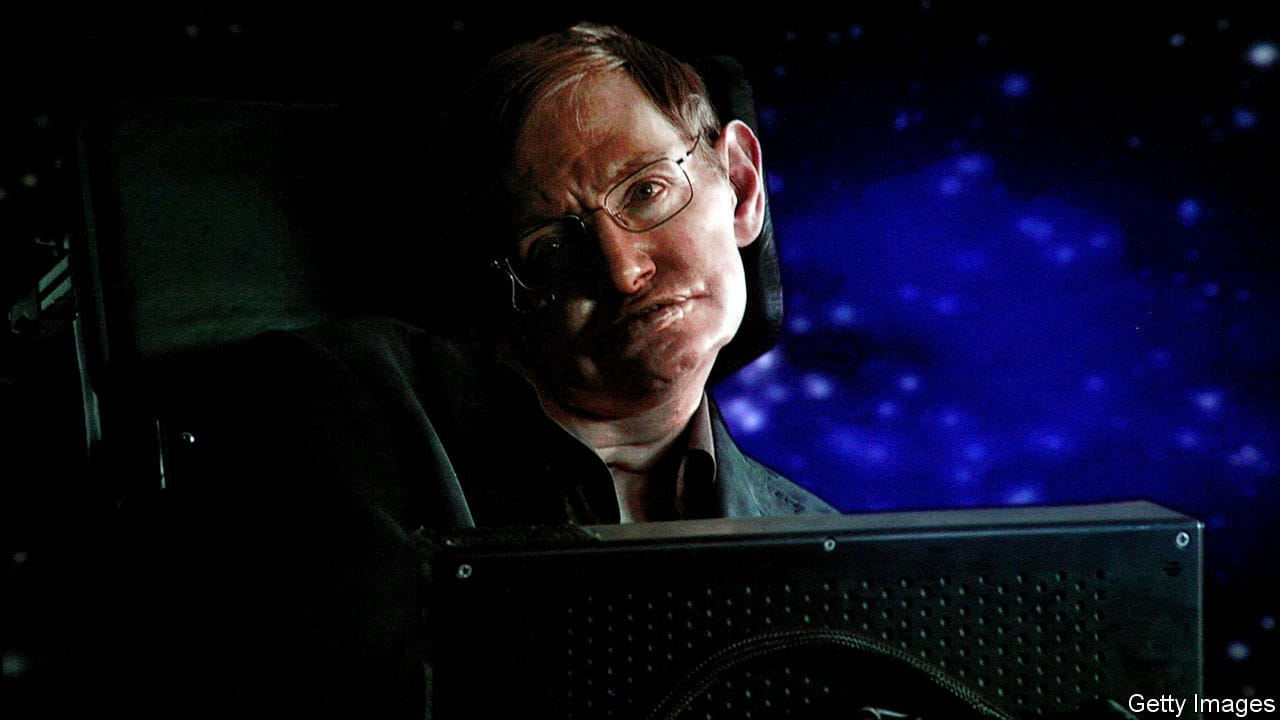- by
- 07 24, 2024
-

-
-
Loading

Loading

OF THE MANY memorable things about Stephen Hawking, perhaps the most memorable of all was his conversation. The amyotrophic lateral sclerosis that confined him to a wheelchair also stopped him talking, so instead a computer synthesised what became a world-famous voice.It was, though, a laborious process. Hawking had to twitch a muscle in his cheek to control a computer that helped him build up sentences, word by word. Others who have lost the ability to speak because of disease, or a stroke, can similarly use head or eye movements to control computer cursors to select letters and spell out words. But, at their best, users of these methods struggle to produce more than ten words a minute. That is far slower than the average rate of natural speech, around 150 words a minute.